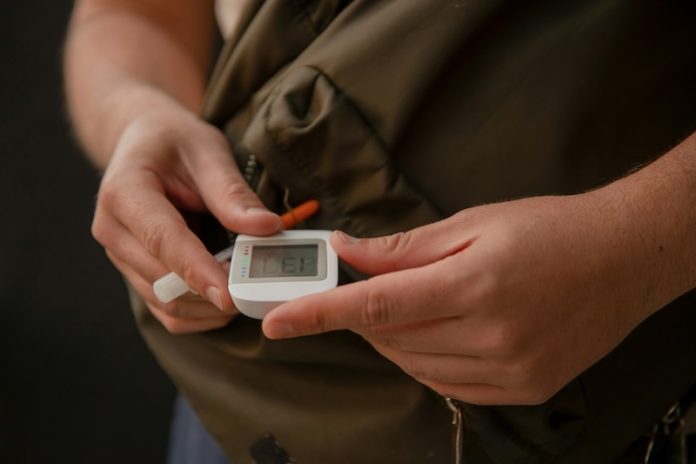
Monitoring your blood sugar at home is an important step in managing diabetes and staying healthy. Keeping an eye on your blood sugar levels helps you understand how your body responds to food, exercise, medication, and stress.
It also helps you make better decisions about your health and can prevent serious complications. With the right tools and habits, blood sugar monitoring can be easy and effective.
Blood sugar levels are measured in milligrams per deciliter (mg/dL) or millimoles per liter (mmol/L). For people with diabetes, regular monitoring is crucial to avoid levels that are too high (hyperglycemia) or too low (hypoglycemia).
Research shows that consistent monitoring can improve blood sugar control and reduce the risk of long-term complications like heart disease, nerve damage, and kidney problems.
A study in Diabetes Care found that people who checked their blood sugar regularly had better outcomes, including fewer hospital visits.
The most common way to check blood sugar at home is with a blood glucose meter. This small device uses a drop of blood from your fingertip to provide a quick reading. To use it, wash your hands, prick your finger with a lancet, place a drop of blood on a test strip, and insert it into the meter.
Blood glucose meters are widely available and can give accurate results when used correctly. Modern meters are fast and often come with features like memory storage, which helps you track your levels over time.
For those who prefer a more hands-free option, continuous glucose monitors (CGMs) are becoming popular. These devices use a small sensor placed under the skin to measure blood sugar throughout the day and night.
CGMs send the readings to your phone or a receiver, allowing you to see trends and get alerts if your levels are too high or low.
A review in The Lancet Diabetes & Endocrinology found that CGMs improve blood sugar management and reduce episodes of hypoglycemia, especially for people who use insulin.
Knowing when to check your blood sugar is just as important as knowing how. Many healthcare providers recommend testing at specific times, such as before meals, two hours after meals, and before bed.
For those using insulin or experiencing frequent fluctuations, testing more often may be necessary. A study published in BMJ Open Diabetes Research & Care suggests that timing your tests based on your daily routine and treatment plan can lead to better outcomes.
Keeping a record of your results is essential for spotting patterns and discussing your progress with your doctor. Write down your readings, along with notes about what you ate, how active you were, and any medications you took.
This information helps identify factors that affect your blood sugar and can guide adjustments to your treatment plan. Many glucose meters and apps make tracking easy by storing your data electronically.
To make the most of home monitoring, it’s important to use the correct technique. Inaccurate readings can happen if your hands aren’t clean, if you use old test strips, or if the meter isn’t calibrated properly.
Following the manufacturer’s instructions and checking the expiration dates on your supplies can prevent these issues.
Research in The Journal of Diabetes Science and Technology emphasizes that proper training on how to use glucose meters leads to more accurate and reliable results.
In summary, monitoring your blood sugar at home is a simple and effective way to stay on top of your health. Whether you use a blood glucose meter or a CGM, regular checks can help you understand your body and make informed choices.
By tracking your results, timing your tests, and following proper techniques, you can take control of your diabetes and improve your quality of life.
If you care about diabetes, please read studies about high vitamin D level linked to lower dementia risk in diabetes, and this eating habit could help reduce risk of type 2 diabetes.
For more information about health, please see recent studies about unhealthy plant-based diets linked to metabolic syndrome, and results showing Paleo diet plus exercise could boost heart health in people with diabetes.
Copyright © 2024 Knowridge Science Report. All rights reserved.



